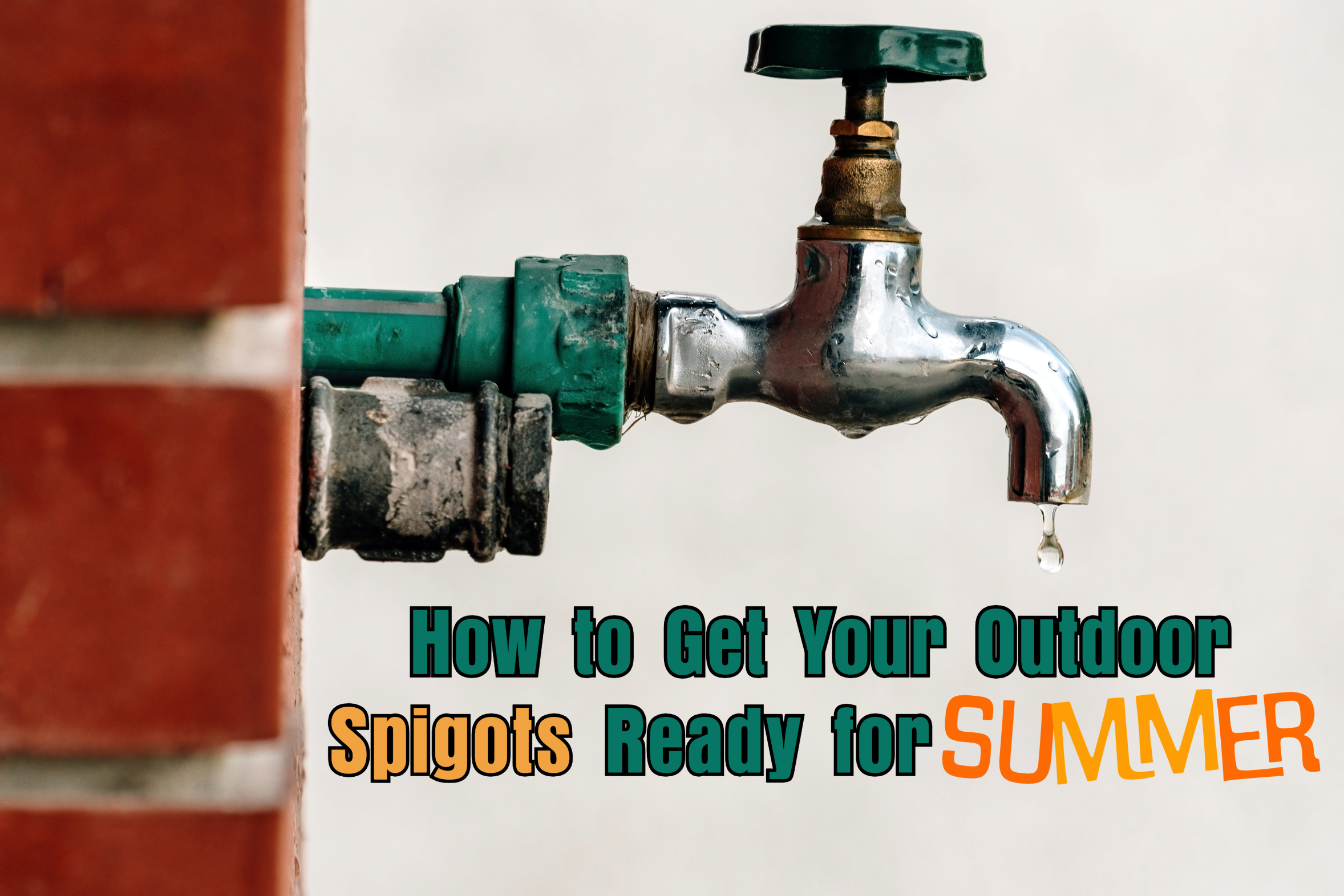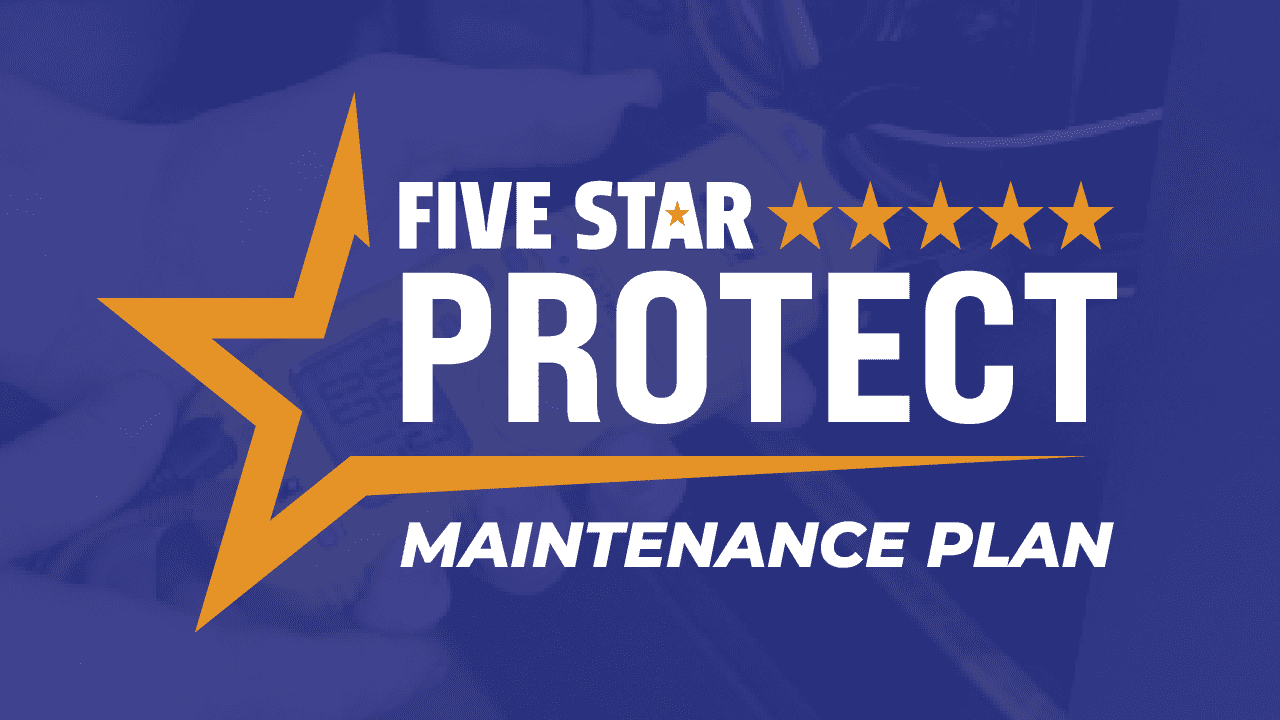As summer approaches, it’s crucial to remember to check and maintain our outdoor plumbing, too. Getting your outdoor plumbing ready for the season is a step that’s easy to forget. Whether it’s for watering your garden or enjoying some water fun, it’s essential to make sure your spigots and water hoses are set up to handle the summer tasks that lie ahead. So, Narrow Path Plumbing is here to help you with tips and tools to find and fix spigot leaks, making sure you enjoy your summer without interruptions!
How You Can Identify Spigot Leaks
If you don’t know how to spot leaks, you’ll likely miss them. Furthermore, if you find a leak in your spigot, it’s crucial to repair it quickly.
- Dripping Water: Turn on the faucet and let it run for a bit. If water leaks from the spigot while it’s on or even after turning it off, there may be a leak that needs to be fixed. Water should flow from the spout or attached hose, not from beneath or out of the spigot.
- Low Water Pressure: Additionally, you should also check the water pressure when the water is on. If it’s unusually low, it might mean there’s a leak within your system. If this is the case for you, you should get a professional to check it out and identify the exact source of the issue.
- Corrosion or Rust: A spigot covered in rust is another bad sign. It usually means there’s an inner leak that must be fixed. (In such situations, it’s wise to call a plumber immediately.)
- Water Stains or Mold: Water stains or mold can appear unexpectedly, signaling a potential underlying issue. It’s good to regularly check around spigots for any signs of water stains or mold. So, if you notice any, think of this as a clear sign to reach out to a professional for further examination.
How You Can Fix Spigot Leaks
Here are some simple steps to fix a spigot leak. If you notice water dripping, try the following steps. But remember, for issues like low water pressure, etc., it’s better to call a professional.
- Tighten Loose Connections: If the fixture has any loose connections, begin by tightening them. Use a wrench to securely tighten the spigot, being careful not to overdo it.
- Replace Worn-out Washers: Washers naturally wear out with time. If tightening the spigot didn’t solve the problem, you might need to replace the washers.
- Seal Any Openings: Cracks, holes, or openings around fixtures can develop over time due to regular use and exposure to the elements. If you notice a leak and your sealant has worn away, utilize a waterproof sealant to cover any visible cracks or gaps around the spigots. This simple step will protect against water leaks and reduce the chance of future problems.
- Implement Backflow Prevention: Installing a backflow preventer is a good idea to protect your plumbing system from reverse water flow. This will help keep the water quality high and prevent contamination.
- Upgrade to Frost-Free Spigots: If you’ve faced issues with a frozen spigot before, resulting in a leak, think about switching to frost-free spigots. This change can prevent your pipes from freezing and leaking.
When to Contact a Professional
Knowing when to call a professional can greatly impact the success of your plumbing system. It’s important to decide wisely if you can fix a leak yourself or if you need a professional’s help. If you see water stains, mold, rusted fixtures, or have extremely low water pressure, it’s time to call in a professional. These signs all indicate a possible internal leak.
By following these steps to find and fix potential spigot leaks, you can protect your outdoor plumbing, allowing yourself better peace of mind to relax, sit back, and have a worry-free summer. Got any more questions? Feel free to give us a call!
You can count on Narrow Path Plumbing anytime! Reach us by calling us at (937) 623-2619, or schedule an appointment online now by clicking here!





